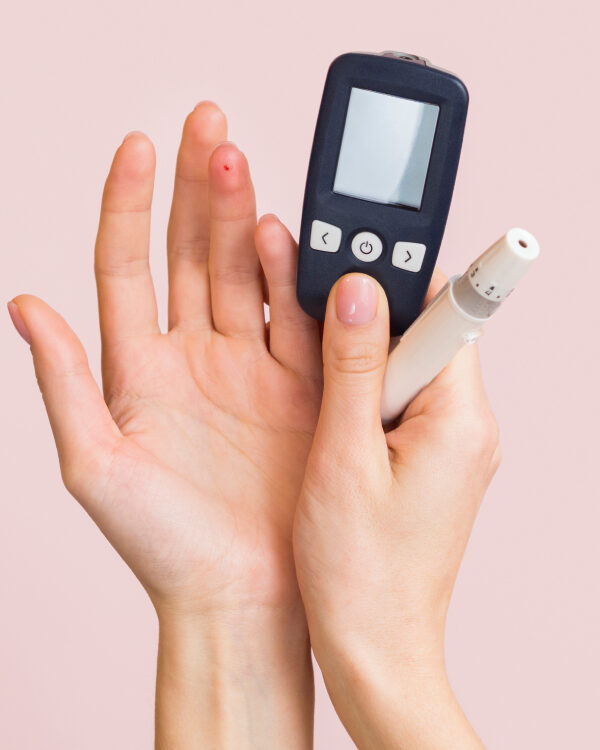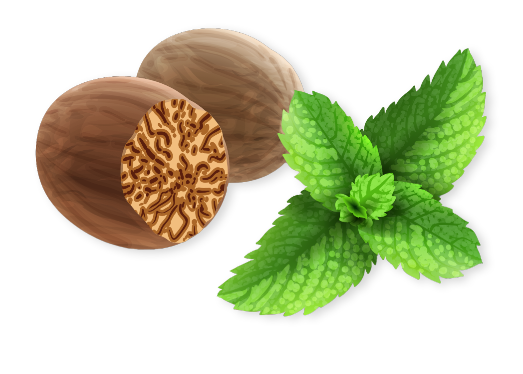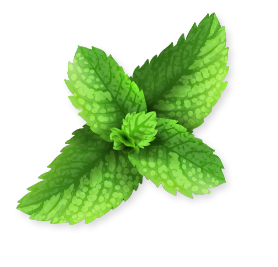AYURVEDIC TREATMENT FOR DIABETIC ULCER IN KERALA
Ayurvedic treatment for diabetic ulcers in Kerala may include specialized wound care, herbal medications, poultices, and therapies like Panchakarma to improve blood circulation, reduce inflammation, promote healing, and manage diabetes. It is important to consult with qualified Ayurvedic practitioners for personalized treatment plans.


WHAT IS DIABETIC ULCER?
A diabetic ulcer is a chronic wound that occurs in individuals with diabetes, typically in the lower extremities. It is a serious complication of diabetes and occurs due to poor blood circulation, nerve damage (neuropathy), and impaired wound healing.
High blood sugar levels in diabetes can damage blood vessels and nerves, leading to reduced blood flow and loss of sensation in the affected area. Even minor injuries or pressure on the feet can go unnoticed and develop into ulcers.
Diabetic ulcers are characterized by open sores or wounds that are slow to heal, prone to infection, and can extend deep into the skin and underlying tissues. Common locations include the foot, particularly the sole and toes.
If left untreated, diabetic ulcers can lead to serious complications, such as cellulitis, abscess formation, osteomyelitis (bone infection), and even amputation.
Proper management of diabetic ulcers involves a multidisciplinary approach, including medical interventions, wound care, infection control, offloading pressure from the affected area, and addressing underlying factors like diabetes control and lifestyle modifications. Ayurvedic treatments can be used in conjunction with conventional care to promote wound healing, manage inflammation, and improve overall health.

SIGNS & SYMPTOMS OF DIABETIC ULCER
01. Open sores or wounds that are slow to heal.
02. Presence of a deep, crater-like wound.
03. Formation of a thick, yellowish or greenish discharge.
04. Redness, swelling, or inflammation around the wound.
05. Pain or tenderness at the site of the ulcer.
06. Foul odor emanating from the wound.
07. Development of calluses or thickened skin in the affected area.
08. Loss of sensation or neuropathy, making it difficult to detect injuries.
09. Fever or systemic signs of infection if the ulcer becomes infected.
10. Changes in skin color or texture in the surrounding area, such as dryness or shiny appearance.
CAUSES OF DIABETIC ULCER
The causes of diabetic ulcers are primarily related to the complications of diabetes, including:
Nerve Damage (Neuropathy)
High blood sugar levels can damage the nerves, leading to reduced sensation in the affected area, making it difficult to detect injuries or pressure points.
Poor Circulation
Diabetes can affect blood vessels, impairing blood flow to the extremities. Reduced circulation hampers the delivery of nutrients and oxygen to the tissues, hindering proper wound healing.
Trauma
Even minor injuries, such as cuts, blisters, or pressure from ill-fitting shoes, can develop into ulcers due to compromised healing mechanisms.
Infection
Infections can occur when ulcers are left untreated or when there is poor hygiene, leading to further deterioration and potential complications.
TYPES OF DIABETIC ULCER
Diabetic ulcers can be classified into different types based on their severity and depth of tissue involvement. One commonly used classification system is the Wagner Classification, which includes the following grades:
Grade 0:
No open ulcer, but may exhibit pre-ulcerative lesions like erythema (redness) or localized swelling.
Grade 1:
Superficial ulcer involving the full skin thickness but not extending to underlying structures.
Grade 2:
Deep ulcer extending through the skin and subcutaneous tissue, potentially involving tendons, ligaments, or joint capsules.
Grade 3:
Ulcer with deep involvement, including bone or abscess formation.
Grade 4:
Gangrene present in the forefoot, requiring partial foot amputation.
Grade 5:
Extensive gangrene involving the entire foot, necessitating full foot amputation.
RISKS OF DIABETIC ULCER
01. Peripheral Vascular Disease: Diabetes can lead to reduced blood flow to the extremities, increasing the risk of developing ulcers and impairing wound healing.
02.Hypertension: High blood pressure can further contribute to poor circulation, hindering the healing process of diabetic ulcers.
04.Reduced Quality of Life: Diabetic ulcers can cause pain, discomfort, and limited mobility, impacting a person’s daily activities and overall well-being.
05.Infection: :Ulcers provide an entry point for bacteria, increasing the risk of infection, which can lead to further complications if left untreated.

WHEN TO SEE A DOCTOR FOR DIABETIC ULCER
It is important to see a doctor promptly if you experience any of the following signs and symptoms related to a diabetic ulcer:
1. Pain or discomfort in the foot or leg that persists or worsens.
2. Foul odor emanating from a wound.
3. Increased redness, swelling, or warmth around the ulcer.
4. Drainage or pus from the wound.
5. Development of a deep or expanding wound.
6. Signs of infection, such as fever, chills, or systemic illness.
Prompt medical attention is crucial to prevent complications, manage the ulcer effectively, and promote proper healing.

HOW AYURVEDA CAN TREAT DIABETIC ULCER?
Ayurveda offers a holistic approach to the treatment of diabetic ulcers, focusing on improving overall health and supporting wound healing. The treatment may include:
Wound Care:
Ayurvedic therapies like Jatyadi Taila application or herbal poultices can aid in cleaning and promoting healing of the ulcer.
Herbal Medications:
Ayurvedic herbs like Haridra (turmeric), Neem, Guduchi, and Triphala may be prescribed for their antibacterial, anti-inflammatory, and wound-healing properties.
Diet & Lifestyle:
A customized pitta-pacifying diet is often recommended, along with lifestyle modifications to manage diabetes and enhance wound healing.
Panchakarma Therapy:
Detoxification therapies like Virechana (purgation) or Rakta Mokshana (bloodletting) may be employed to eliminate toxins and improve circulation.
Stress Reduction:
Stress management techniques like yoga, meditation, and relaxation practices can help reduce stress and improve overall well-being.
FREQUENTLY ASKED
QUESTIONS
Who can get a diabetic foot ulcer?
Anyone with diabetes is at risk of developing a diabetic foot ulcer. However, certain factors increase the likelihood, including poor blood sugar control, nerve damage (neuropathy), reduced circulation, foot deformities, previous ulcers or amputations, smoking, long duration of diabetes, and certain medical conditions like peripheral vascular disease and kidney disease.
How should a diabetic foot ulcer be treated?
Treatment for a diabetic foot ulcer typically involves several components, including wound care, infection management, offloading pressure from the ulcer, optimizing blood sugar control, and addressing underlying factors like poor circulation. It may involve cleaning the wound, applying dressings, using antibiotic therapy if necessary, and consulting healthcare professionals specialized in wound care or podiatry for comprehensive management.
How can a foot ulcer be prevented?
To prevent foot ulcers in individuals with diabetes, it is important to:
1. Maintain good blood sugar control.
2. Practice daily foot hygiene and inspection.
3. Wear proper-fitting, comfortable shoes.
4. Avoid going barefoot.
5. Keep feet moisturized.
6. Protect feet from injuries.
7. Regularly trim nails.
8. Seek medical attention for any foot problems promptly.
9. Follow a healthy lifestyle with regular exercise and a balanced diet.
10. Regularly visit healthcare professionals for foot examinations and preventive care.
How long do diabetic ulcers take to heal?
The healing time for diabetic ulcers can vary depending on various factors such as the size and depth of the ulcer, overall health, blood sugar control, circulation, and adherence to treatment. Healing may take several weeks to months or longer, and it is important to follow the prescribed treatment plan and monitor the progress closely.
What is the most common infection in diabetic ulcer?
The most common infection associated with diabetic ulcers is caused by bacteria, particularly Staphylococcus aureus. Other common pathogens include Streptococcus species and Enterococcus species. These infections can lead to complications and delayed wound healing if not properly treated with appropriate antibiotics and wound care.
BEST DIABETIC ULCER AYURVEDIC TREATMENT CENTRE IN KERALA
Sanjeevanam in Kerala is a well-regarded Ayurvedic treatment center known for its expertise in managing diabetic ulcers. With a team of experienced professionals and a comprehensive approach to healing, Sanjeevanam offers personalized care, effective Ayurvedic therapies, and a supportive environment, making it a preferred choice for individuals seeking diabetic ulcer treatment.
BOOK APPOINTMENT























